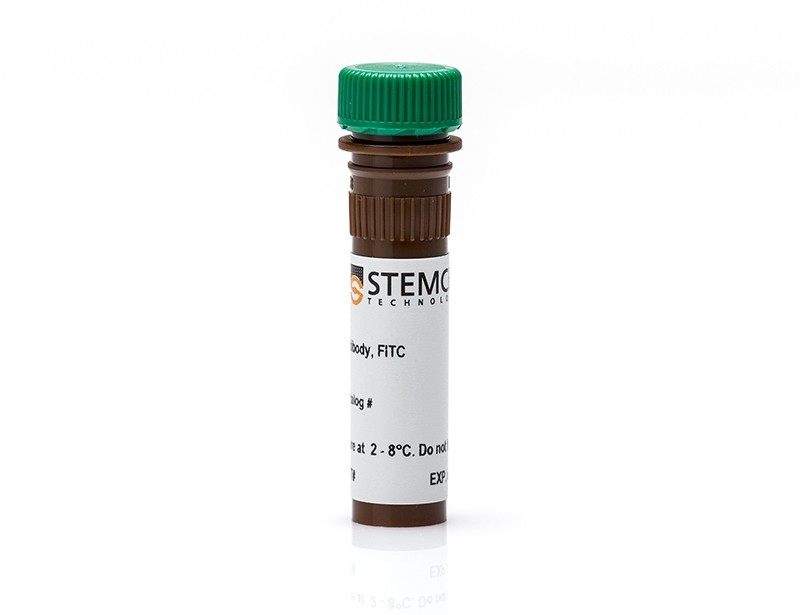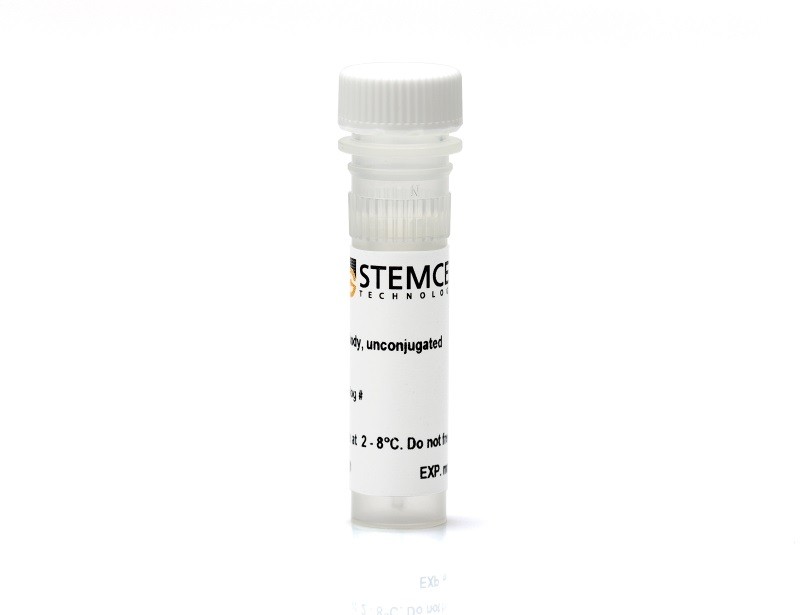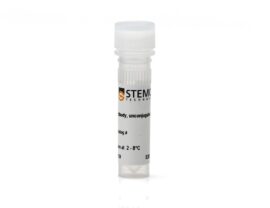


Overview
The OKT3 antibody reacts with an extracellular conformational epitope on the ~20 kDa CD3ε subunit of the human T cell receptor (TCR)/CD3 complex, which is expressed on the surface of ~95% of mature T cells and NKT cells, and variably on thymocytes. A majority of T cell neoplasms also express CD3. CD3 is a dimer assembled from combinations of CD3γ, δ, ε, η, and ζ subunits, which are structurally related type 1 transmembrane proteins and members of the immunoglobulin superfamily. CD3 associates non-covalently with the TCR and is involved in transducing antigen recognition signals into the cytoplasm of T cells and in regulating T cell activation and the expression of the TCR on the cell surface. Mutations in CD3 have been associated with disorders of the immune system, including severe combined immunodeficiency (SCID). The OKT3 antibody recognizes an epitope that is expressed when the CD3ε subunit associates with either CD3γ or CD3δ, and binding of the antibody can induce T cell activation. Because of its immunosuppressive properties in vivo, the OKT3 antibody has proven useful in treating allograft rejection. Clone OKT3 is widely used for phenotyping human T cells, and it has been observed to block the binding of anti-CD3 antibody clones SK7 and UCHT1.
Subtype: Primary Antibodies
Target Antigen: CD3
Alternative Names: CD3 epsilon, CD3ε, Leu-4, T3
Reactive Species: Human
Conjugation: APC; FITC; Unconjugated
Host Species: Mouse
Cell Type: T Cells
Application: Flow Cytometry; Functional Assay; Immunohistochemistry; Western Blotting
Area of Interest: Immunology
Clone: OKT3
Gene ID: 916
Isotype: IgG2a, kappa








